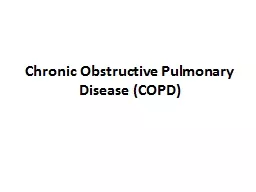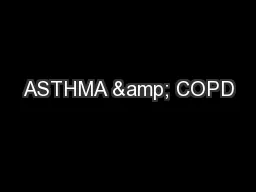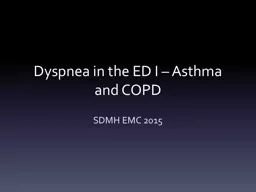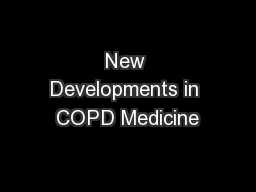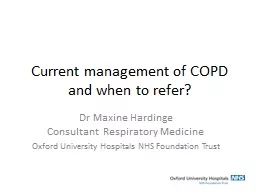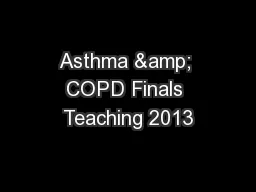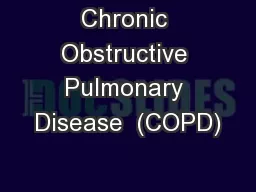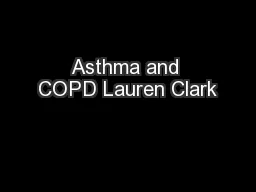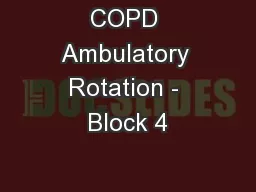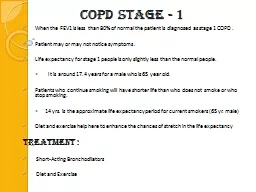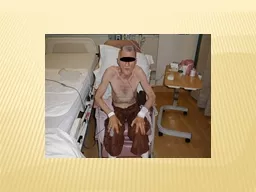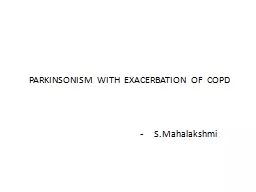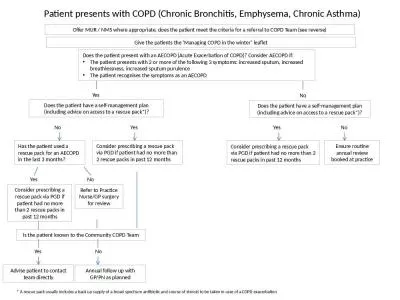PPT-Directions Caring for the Patient with COPD
Author : faustina-dinatale | Published Date : 2018-09-30
Nursing Program 15 CE 1 This program is best viewed as Slide Show 2 Before proceeding to the posttest be sure you have completed the entire PowerPoint 3 Exit
Presentation Embed Code
Download Presentation
Download Presentation The PPT/PDF document "Directions Caring for the Patient with ..." is the property of its rightful owner. Permission is granted to download and print the materials on this website for personal, non-commercial use only, and to display it on your personal computer provided you do not modify the materials and that you retain all copyright notices contained in the materials. By downloading content from our website, you accept the terms of this agreement.
Directions Caring for the Patient with COPD: Transcript
Download Rules Of Document
"Directions Caring for the Patient with COPD"The content belongs to its owner. You may download and print it for personal use, without modification, and keep all copyright notices. By downloading, you agree to these terms.
Related Documents


